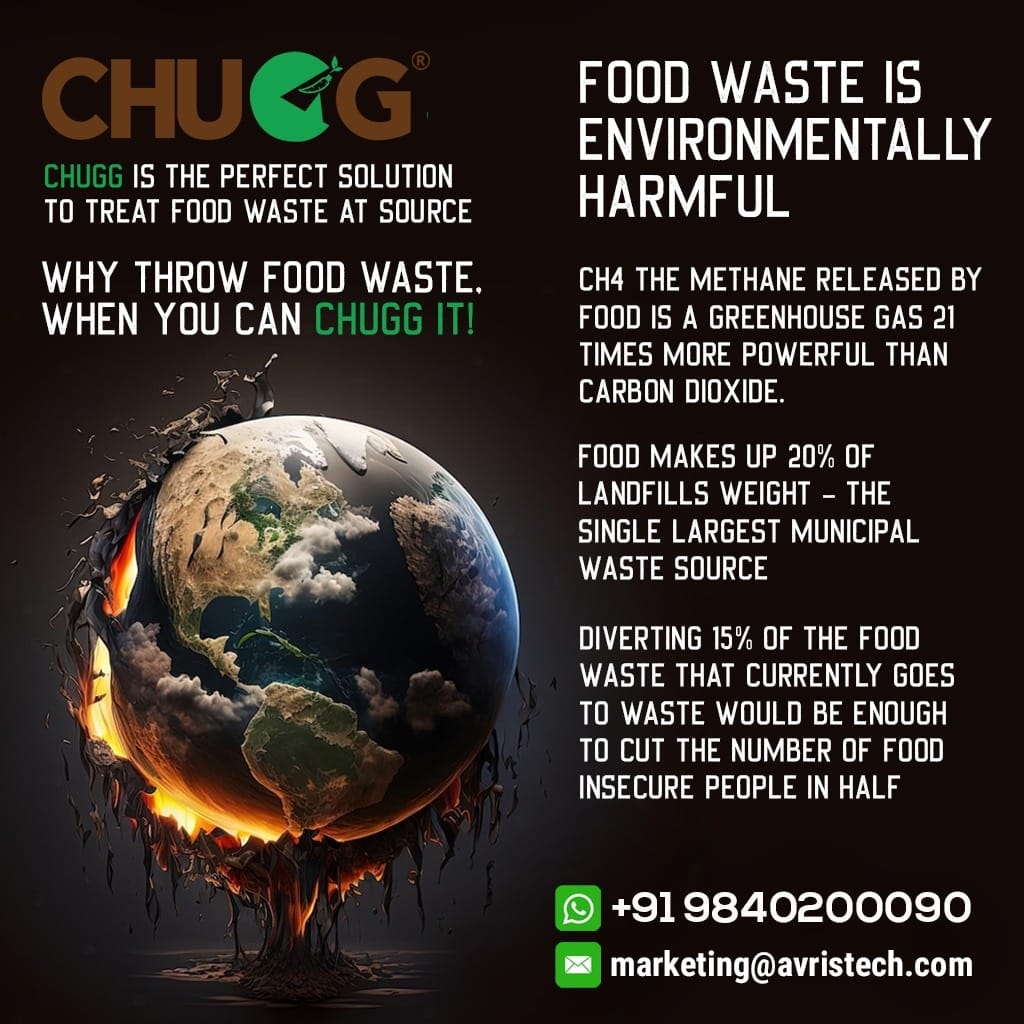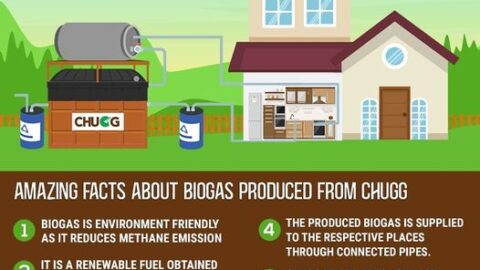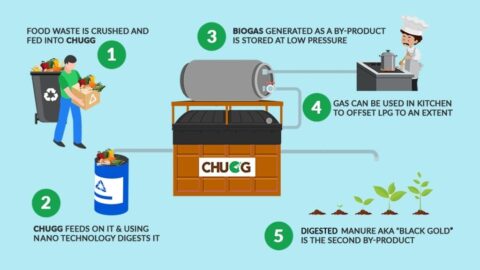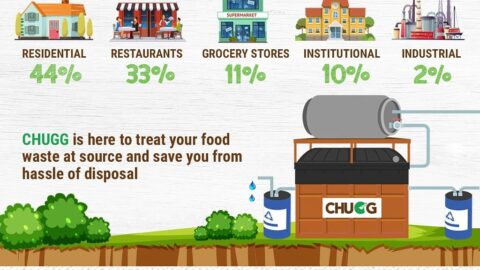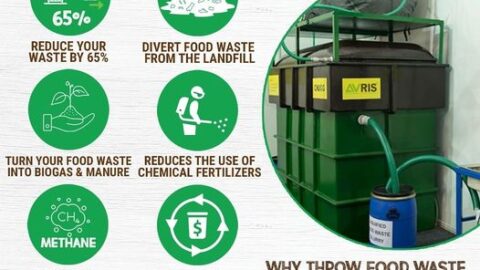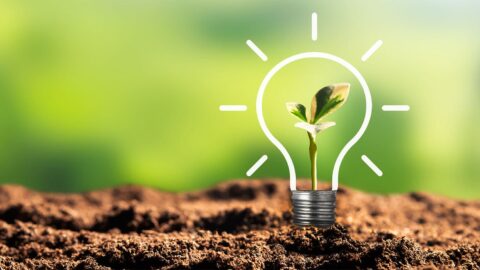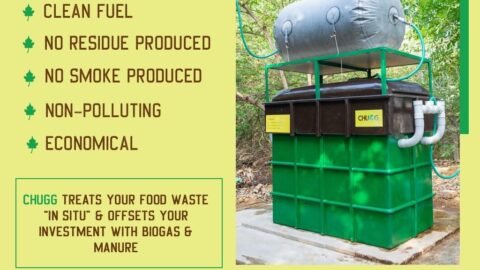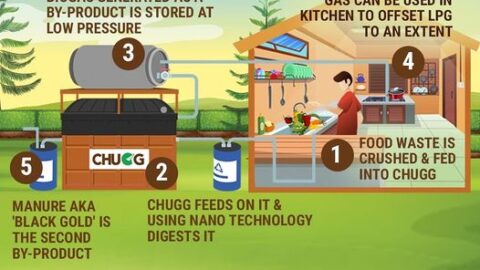In our swiftly evolving world, the issue of food waste has escalated into a pressing concern that demands immediate attention. As the global population continues to expand, the sheer volume of discarded food has surged, posing multifaceted challenges for both the environment and society. However, within these challenges, a ray of hope emerges in the form of food waste re-purposing, particularly through advanced technologies like the CHUGG Food Waste Treatment System. In this extensive article, we embark on a thorough exploration of the transformative potential of re-purposing food waste. We also delve deeply into the innovative CHUGG system, illuminating its instrumental role in community-led climate mitigation endeavors.
The Expanding Dilemma of Food Waste
Grasping the Scale
The enormity of the food waste issue cannot be overstated. An astonishing one-third of all food produced globally goes to waste, finding its unfortunate end in landfills or incineration. This disconcerting statistic translates to a staggering 1.3 billion tons of perfectly edible food discarded annually, casting a shadow over environmental stability, economic vitality, and societal well-being.
Environmental Implications
The environmental consequences of food waste are far-reaching. As organic matter undergoes decomposition in landfills, it releases methane, an incredibly potent greenhouse gas. Methane’s contribution to global warming necessitates immediate action to manage food waste effectively and reduce its environmental impact.
The CHUGG Food Waste Treatment System
Pioneering Technology
At the forefront of food waste repurposing stands the CHUGG Food Waste Treatment System. This innovative technology harnesses state-of-the-art processes to seamlessly convert food waste into invaluable resources, thus significantly mitigating its detrimental effects on the environment.
Efficient Process
The CHUGG system boasts remarkable efficiency, combining mechanical and biological processes to accelerate the breakdown of food waste. Leveraging advanced composting techniques, the system expedites decomposition, yielding nutrient-rich compost that can rejuvenate soil and bolster agricultural productivity.
Methane Abatement
Among the CHUGG system’s remarkable attributes is its unparalleled capacity to abate methane emissions. By orchestrating controlled decomposition, the system effectively curtails the release of methane, a pivotal achievement in the ongoing battle against climate change.
Understanding the working process of CHUGG- Food waste treatment system
The CHUGG food waste treatment system operates on a highly efficient and environmentally conscious principle, designed to manage and process food waste in a sustainable manner. This system employs a combination of advanced technologies to effectively reduce the volume of food waste and minimize its impact on the environment.
At its core, the CHUGG system relies on a process known as anaerobic digestion. Anaerobic digestion is a natural biological process that occurs in the absence of oxygen, where microorganisms break down organic matter, such as food waste, to produce biogas and nutrient-rich digestate. The system consists of a sealed chamber or tank where the food waste is deposited. In this oxygen-free environment, specialized microbes thrive and begin breaking down the food waste into its constituent components.
As the microbes work their way through the food waste, they produce biogas as a byproduct. This biogas primarily consists of methane, which can be harnessed as a renewable energy source. The biogas generated during the anaerobic digestion process can be used for various purposes, such as generating electricity, heat, or even as a fuel for vehicles. This aspect of the CHUGG system not only reduces the environmental impact of food waste but also contributes to energy production and reduces the reliance on fossil fuels.
In addition to biogas production, the anaerobic digestion process also yields digestate, which is a nutrient-rich residue. Digestate is a valuable output that can be used as a fertilizer for agricultural purposes. Its nutrient content enriches the soil and promotes plant growth, providing a sustainable way to recycle the nutrients contained in food waste back into the ecosystem.
The CHUGG food waste treatment system is particularly effective for large-scale food waste management, such as in commercial and industrial settings, where significant quantities of food waste are generated regularly. By harnessing the power of anaerobic digestion, this system not only reduces the volume of food waste, but also turns it into useful resources – biogas and digestate – that can contribute positively to energy generation and agriculture. Overall, the working principle of the CHUGG food waste treatment system exemplifies a holistic approach to waste management that aligns with modern sustainability goals.
Empowering Community-Led Climate Mitigation
Collaborative Endeavors
Communities wield the potential of the CHUGG Food Waste Treatment System as a linchpin in their climate mitigation strategies. By cultivating partnerships with local enterprises, governmental bodies, and relevant organizations, communities lay the foundation for a comprehensive approach to food waste reduction.
Fostering Awareness
Raising public awareness regarding the CHUGG system’s benefits and the broader practice of food waste repurposing is of paramount importance. Through engaging educational campaigns and informative outreach initiatives, communities can galvanize widespread adoption of sustainable practices while garnering support for innovative technologies.
Environmental Legacy
Embracing the CHUGG system aligns seamlessly with community-driven sustainability goals. By diminishing landfill waste, mitigating methane emissions, and generating nutrient-rich compost, communities take substantial strides toward climate mitigation and the preservation of a healthier environment.
Economic and Social Advantages
Prudent Resource Management
The CHUGG Food Waste Treatment System extends economic advantages to communities. By curtailing disposal costs, generating valuable compost, and even potentially producing renewable energy, communities secure significant progress in waste management and resource utilization.
Strengthening Community Fabric
The adoption of the CHUGG system empowers communities to take ownership of their ecological footprint. By fostering collaboration, fostering innovation, and embracing sustainable technologies, communities reinforce their social cohesion and nurture a collective commitment to responsible living.
Conclusion
The gravity of the food waste predicament necessitates swift and comprehensive action. Through the art of repurposing food waste, aided by groundbreaking technologies such as the CHUGG Food Waste Treatment System, we can actively and effectively address this global challenge. By integrating this visionary system into community-led climate mitigation efforts, we not only reduce the environmental impact of food waste but also foster a brighter and more sustainable future for generations to come.

